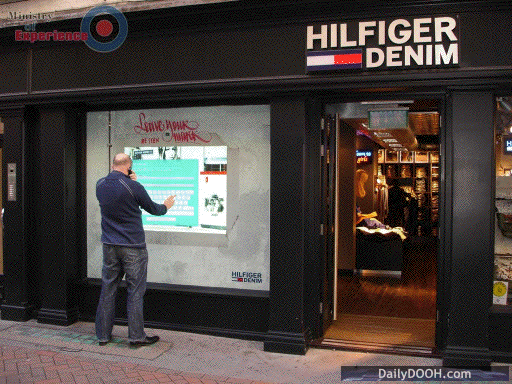I sort of wondered about whether Pay By Touch -- the biometric payment company that encourages shoppers to pay via fingerprint reader instead of swiping a credit card -- was making any money, and according to this article, apparently they're not (or at least not enough):
Tags: biometrics, kiosks, self-service
Biometric-authentication and loyalty-services technology provider Pay By Touch is in bankruptcy, has cut costs drastically, and is shopping some of its subsidiaries, but the company’s former chief executive--who is now a member of the firm’s newly constituted board of directors--says Pay By Touch is solid at its core.Part of the problem is that the relatively young company tried to do too much too quickly, expanding into international markets and adjacent verticals like loyalty systems without first building its core US biometrics operations into a profitable entity. While the company is keeping some of its better performing subsidiaries like Capture Resource and S&H Greenpoints, everything else must go:
On the block are several so-called non-core subsidiaries operating under bankruptcy protection, including Paycheck Secure, ATM Direct, and Payment Solutions, the merchant processor that formerly operated as CardSystems Solutions Inc. Some observers were surprised that Paycheck Secure, which provides biometric-based paycheck-cashing services and came to Pay By Touch when the company bought rival BioPay LLC, is on the block. But Morris says Paycheck Secure serves convenience stores and other small businesses while Pay By Touch is focusing on larger retailers such as Shell Oil outlets and SuperValu Inc.’s Jewel/Osco supermarket-pharmacies. “We have not done that integration work” with Paycheck Secure, he says. “The core is viewed as being more around big, multilane retailers.”I'd have to agree. If biometric payment is going to work anywhere, it'll be in those places where lines can be long and anything that will speed up the checkout process will be seen as a benefit to both retailer and consumer. However, given how quick and easy it is to swipe a card, and considering that cellphones and PDAs are increasingly being used as identification devices to allow access to personal (and personalized) services, I still have to wonder whether biometric payment systems will ever catch on.
Tags: biometrics, kiosks, self-service



 Ralph Lauren's 5th Avenue Polo store made headlines last year when it debuted a system that let window shoppers
Ralph Lauren's 5th Avenue Polo store made headlines last year when it debuted a system that let window shoppers  Subscribe to this blog
Subscribe to this blog